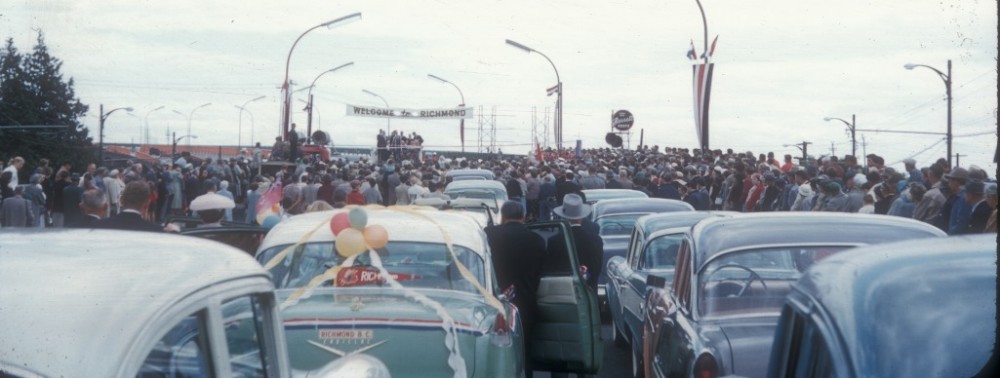With municipal election day nearing (Saturday, November 15, 2014), we thought it timely to provide an overview of the records in the holdings of the City of Richmond Archives relating to past elections. These records not only provide evidence of election procedures, nominations and final results, but also document the evolution of voting rights and voting systems in the municipality.
Official election results, dating back to the first municipal election in 1880, can be found in the reports of the Returning Officer/Chief Election Officer. These reports form part of the minutes of Council, and are accessible to researchers at the Archives on microfilm. The original minutes are housed in the Archives’ vault. The reports document the precise vote count for all candidates and for all referenda or plebiscites put to the electorate. It is interesting to note that although the first election for Council was carried out in January, 1880, the first actual balloting occurred with the election for Council of 1889. Prior to this date, all candidates had been elected by acclamation.
Council minutes, and various bylaws, also document the establishment of a ward system for Council representation. Initially, the municipality was divided into three wards but for the municipal election of 1891, five wards were established. All voters in the municipality could vote for Reeve (the term used before the adoption of the title “Mayor”) but those registered on the voters’ list for a specific ward or district could only vote for a councillor nominated to represent that ward. Ward 1 constituted Sea Island, Ward 2 the northwest part of Lulu Island, Ward 3 Steveston and area, Ward 4 most of the South Arm and parts of eastern Richmond, and Ward 5 eastern Richmond. The ward system was discontinued after the municipal election of 1946, when an “at-large” system was adopted for the election of councillors.
Another important group of election records at the Archives are the official voters’ lists. They provide not only detailed listings of property owners and residents in Richmond but also illustrate the evolution of the voting system and the municipal franchise. The first complete voters list at the Archives dates to 1915. It is assumed that earlier lists were lost in the fire of 1913 which destroyed the original Town Hall.
The 1915 list shows voters registered by ward and also contains the names of women who owned property in the municipality, demonstrating how women were given the right to vote in municipal elections prior to being granted the right to vote in federal and provincial elections.

Election Ballot for Councillor, Ward 3, 1931. City of Richmond Archives, MR35, File 4501 – Election Procedure.
The voters’ lists also show how provincial legislation discriminated against the rights of First Nations people and people of South Asian, Japanese and Chinese ethnicity. The names of property owners of South Asian descent first appear on the voters list of 1948, following changes to provincial statute in 1947 giving them the right to vote in municipal elections. The names of First Nations, Japanese-Canadian, and Chinese-Canadian property owners do not appear on the voters list until 1949, again following changes in provincial legislation in 1948 granting them the municipal franchise.
Voters’ lists for municipal elections of 1915 through 1985 are available to researchers at the Archives. Other election records available include extensive election files, including the records of the Court of Revision, all of which document the procedures carried out by municipal officers to ensure the validity of the election process.

Municipal Clerk Ted Youngberg with election staff, Elaine Smith, Bill Lane and Bev Harper, 1965. City of Richmond Archives Photograph 1986 16 4.
[Note – this is an updated version of an article first published in the Fall 2011 issue of the Archives News]











